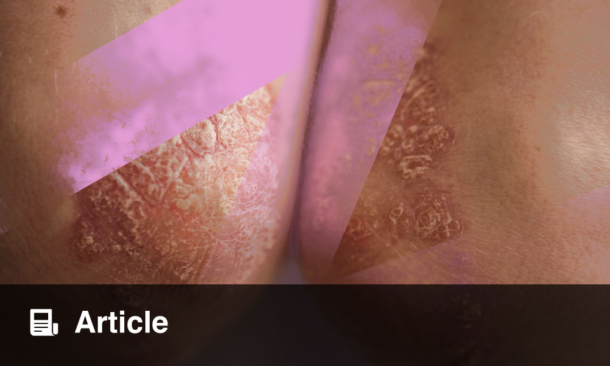A NEW systematic review and meta-analysis sheds light on the evolving understanding of body dysmorphic disorder (BDD), presented in line with recent psychiatric research updates. The study emphasizes the need to reconcile existing data with theoretical models to improve diagnosis and treatment strategies for this often-misunderstood mental health condition.
The analysis, published on PubMed, reviewed 24 studies involving 961 patients with BDD and over 230,000 healthy controls. Researchers examined factors associated with BDD diagnoses confirmed under the Diagnostic and Statistical Manual of Mental Disorders (DSM-IV/V). Key findings include the identification of marriage as a statistically significant protective factor (pooled risk ratio 0.67, P = .004), a relationship that has been largely overlooked in prior theoretical frameworks.
Despite this robust finding, the study also identified substantial heterogeneity in other potential contributing factors, such as experiences of teasing, abuse, self-esteem levels, and psychological comorbidities. These variables could not be quantitatively pooled due to variability across studies but were deemed consistent with cognitive behavioral theories of BDD.
The researchers critically integrated these findings with existing models to propose an updated conceptual framework. The revised model supports the idea that BDD may develop from a complex interplay of early life experiences, individual beliefs about appearance, and psychological vulnerabilities.
Importantly, the study calls for further exploration of the cognitive and behavioral dimensions of BDD to guide therapeutic interventions. The results underscore the clinical importance of identifying patients with BDD early and tailoring treatments that address the underlying psychological drivers of the disorder.
As the field continues to refine its understanding of psychodermatological conditions, this review encourages clinicians to consider both protective and predisposing factors in their diagnostic approach, with marriage potentially serving as a buffering influence worth further investigation.
Reference: T EQ et al. Updating theoretical frameworks in body dysmorphic disorder: A systematic review and meta-analysis. JAAD Int. 2025;20:41-50.








